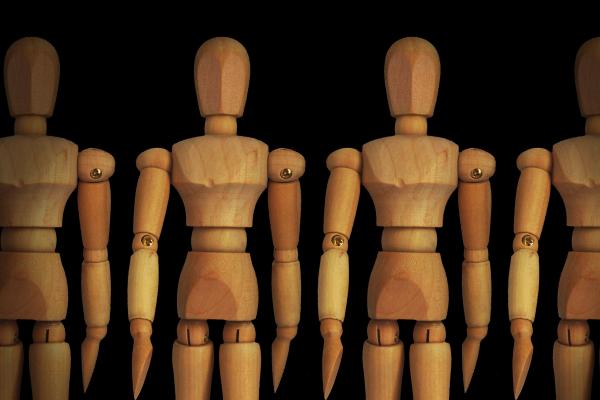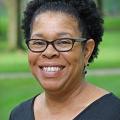As a professor of peace, justice, and conflict studies at a small liberal arts college in the Midwest, I spend a lot of time talking about violence.
Early in the semester, I have my students complete a group exercise: They are given 21 sheets of paper, each sheet with an action on it, and instructions to create a continuum of these actions that span from least violent to most. These actions include kicking, starting rumors, leering, shooting someone, stabbing someone, writing graffiti, name-calling.
Typically, the exercise begins easily enough — shooting and stabbing quickly make their way to the “most violent” end of the continuum. But from there, the more diverse the identities and life experiences of the students, the more difficult the exercise becomes.
With that, a conversation emerges that carries over into the rest of the semester, as students each identify an aspect of violence that they will research. The question that undergirds their research, and the course itself, is, “What is the societal permission for this kind of violence?”
As a nation, we expressed horror at the vile act of violence in Orlando, Fla., nearly coinciding with the one-year anniversary of more violence in Charleston, S.C. We mourn and debate stricter gun laws. Yet we ignore steps on the continuum to violence that has made such shootings almost routine.
Whether we like it or not, agree with it or not, our country’s history was structured and subsequently operated under the notion of white straight male supremacy. Evidence of this is visible in the early nation-building language that spelled out who could be a citizen, who could vote, and who could own property.
Such a structure teaches society at large that white straight men are fully human beings — and that other ways of being embodied are less than human. Such a structure allows for societal permission for violence against queer bodies, female bodies, and bodies of color.
When the mainstream media began to report that the massacre in Orlando was the worst one in U.S. history, many were quick to correct that notion by recounting historic acts of violence against people of color, like the 1890 Wounded Knee Massacre that killed 150 Lakota men, women, and children, or the Tulsa race riots in 1921, where scores of African Americans were killed. The difference in these mass shootings were that they were committed by more than one person — the Wounded Knee shooters were U.S. army troops, and the Tulsa rioters were white mobs bent on destroying black success.
Such a long history of violence makes it possible to keep perpetuating the belief that some bodies (male, white, heterosexual) are “normal” and “right” — the epitome of humanness — and therefore violence to other bodies is not really violence.
The shooting in Orlando was horrific and has gotten our attention. But we must also pay attention to the acts of legislative and religious violence that occur on a daily, moment-by-moment basis (like the so-called “bathroom bills”) that tell people they are broken and do not belong.
LGBTQ youth, and in particular youth of color (like the victims in Orlando), suffer extraordinary levels of physical, emotional, and psychological violence. In response to the Orlando murders, The Atlantic published a piece on the extraordinarily common violence against LGBT people in America that gives some of these statistics.
When we shape and support a society that gives permission for some people to be assaulted (queer people, poor people, immigrants, women), and for some people to assault (athletes, rich and famous people), we can hardly be surprised when assault does happen. And we do not have the full range of language or the tools to deal with the circumstances.
How to speak peace when there is no peace? What does a faithful witness from those in the peace church tradition look like in the aftermath of the killing of LGBTQ people of color?
We must cultivate awareness of, speak to, and act against culturally permissible behaviors that set the stage for violence against marginalized bodies.
It is vitally important for those who don’t hold a marginalized identity, even if they consider themselves to be allies, to move out of the way. Ignoring voices, or speaking for them, is part of the history of oppression and violence. Marginalized people are not, and have not been, “voiceless.” Let us speak. Let us live.
Got something to say about what you're reading? We value your feedback!

